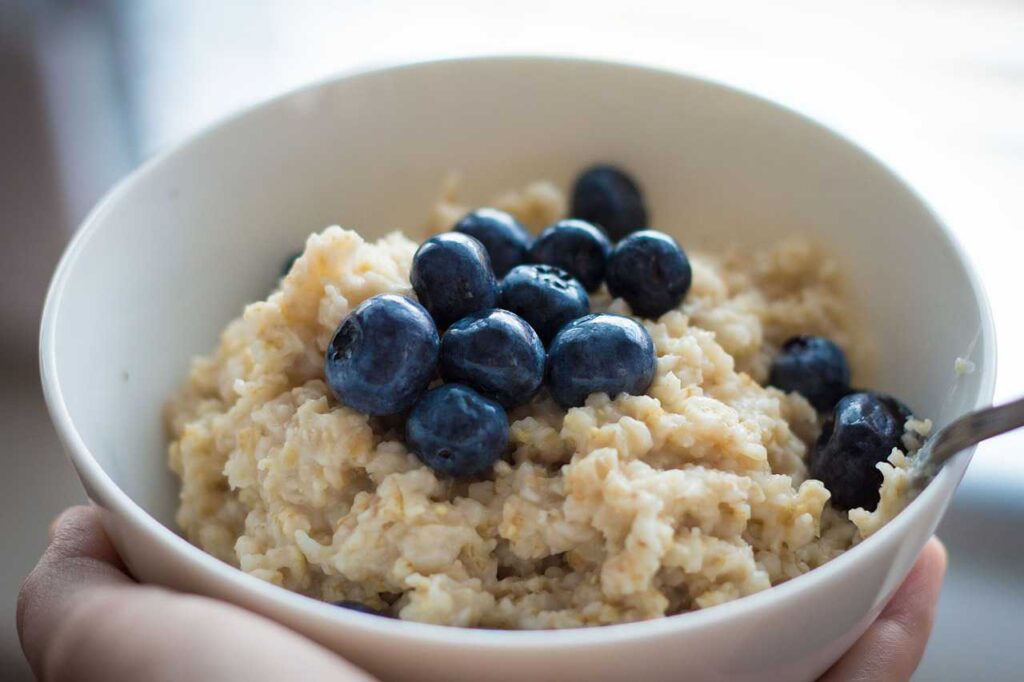Fibre is the indigestible component of the plants which help in regulating the movement of food through the digestive tract. Fibres do not undergo any change or transitions in the body; they are passed as such unchanged in the bowel. Chemically they are carbohydrates. Fruits, cereals and vegetables are the rich sources of fibres. This is the reason the dieticians recommend eating salad and fruits in diet. The dietary fibre is commonly called as roughage.
We should try to include a good quantity of roughage in our diet. If we do not include proper quantity of roughage in our food, problems such as constipation arise. There are two main types of fibres namely soluble and insoluble fibre. Soluble fibres are the ones which lower the LDL and insoluble fibres are the ones that regulate the bowel movement. It hydrates and facilitates the movement of food through the intestine. According to the research conducted 25 grams of dietary fibre is the minimum requirement for a women’s body. A man’s body requires 30 grams of dietary fibres daily.
Recommended Post
The foods which are rich in fibre are:
Corn
The yellow delight is a rich source of fibre. Half cup of corns contains 2 grams of fibre. The yummy pop- corns which are made from the corns are also rich source of dietary fibre. In almost 3 cups of pop-corn one gets fibre equivalent to 3.5 grams.
Apple
The red coloured fruit is the richest source of fibres.It is an inexpensive and easily available source of food. Apple can be found with almost every fruit seller. The red coloured peel is an excellent source of fibre. One medium apple provides 4.4 grams of fibres.
Broccoli
This rich source of anti- oxidant, Vitamin C also provides a good amount of roughage. 1 chopped and sliced broccoli provides 2.4 grams of fibres. You need to be sure that green colour is not lost while cooking. Steaming and boiling is the best way to cook this tender and delicious vegetable.
Beans
The green coloured vegetable is the best friend of your intestine. It is a great source of dietary fibres. You can enjoy it in form of salad or a great sandwich topping.
Nuts
Remember the time when your mother used to give you almonds for enhancing memory. Now you have another reason to include the memory boosters in your diet. Almonds and walnuts are a great source of dietary fibre.
Brown Rice
This whole grain natural and unprocessed form of rice is stomach and intestine friendly. Considered as one of the healthy diets, it provides a good amount of digestive fibre.
Oats
The white yummy cereal is another good source of fibres. It can be eaten in the baked, cooked or microwaved form. There are many yummy delicacies which can be made from oats. Try to include the light and healthy cereal in your daily course. The best way to kick start your day could be with the oat meal.
Eggplant
The eggplant which is fondly called as brinjal is an excellent source of dietary fibre. In Indian kitchens, it is generally made as a cooked sabzifor the main course at lunch or dinner.
Baked potato along with its skin: The favourite vegetable of everybody is an excellent dietary fibre provider if eaten in the baked form along with its peel or skin.
Bran
The outer skin of the cereals provides a good amount of roughage and dietary fibre. It is generally present in the digestive biscuits, corn flakes and many other breakfast cereals. It plays an important role in keeping the digestive tract clear.
Benefits of the Digestive Fibre
The digestive fibres can be aptly called as natural laxatives as they help regulate the bowel movement and thus decreasing the chances of constipation.
The mucilage present in dietary fibres help to lower the cholesterol which is bad for the heart.
With the regular intake of the dietary fibres, the chances of coronary heart diseases are reduced to great extent.
The dietary fibres help to achieve the desired blood sugar levels in the body. This is beneficial for the people who are having low sugar levels.
The foods which are high in the fibre require more of chewing, which helps to prevent the over eating. This helps in regulation of the body weight.
The digestive fibre is known to prevent the colon and rectal cancer. Although there are not sufficient evidence to support in this favour.

